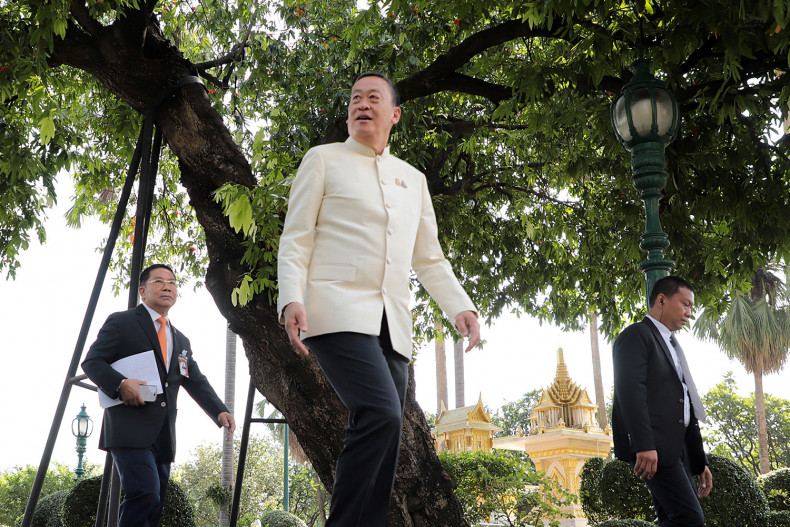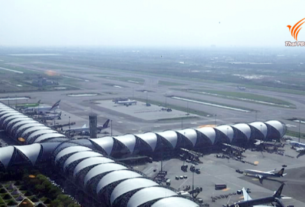
Thailand’s proposed Land bridge connecting the Andaman Sea and the Indian Ocean to the Gulf of Thailand needs rethink
BANGKOK POST EDITORIAL
The government deserves praise for its quick work to promote investments in Thailand. That said, speed is not always of the essence when the project in question has a considerable impact on the country.
One such scheme is the land bridge, a logistic megaproject which aims to connect the Andaman Sea and the Indian Ocean to the Gulf of Thailand and, ultimately, the Pacific Ocean. The government said the project would be a boon to connectivity in the South and reduce shipping times by allowing ships to bypass the congested Strait of Malacca.
The cabinet approved the scheme on Oct 14, and the government plans to launch a roadshow to attract foreign investment. In fact, Prime Minister Srettha Thavisin had already launched his sales pitch at the 10th Anniversary of the Belt and Road Initiative (BRI) in China last week. He said the project aligns with Beijing’s BRI schemes, which will improve China’s connectivity to the region and beyond.
It was reported that the government is considering granting the concession to build and operate the land bridge to a private company. It is estimated the entire project will cost at least one trillion baht to build.
While the project looks good on paper, the government must carefully weigh its pros and cons. It must be noted that the land bridge isn’t exactly a novel idea. The first plan to carve out a route to connect Thailand’s east and west coasts was conceived over 300 years ago.
The idea to excavate a canal across the Isthmus of Kra between Chumphon and Ranong persisted for centuries, but each time the plan resurfaced, it was struck down over national security concerns.
After all, if built, the canal would physically divide the kingdom in two.
The Kra Canal proposal was revived by the Prayut Chan-o-cha administration, which revised it slightly to minimise the need to split the country into two parts by swapping the canal for a “land bridge” supported by high-speed rail and land transport connections.
The problem, as such, no longer concerns national security but economic viability.
Over the past five decades, various governments have commissioned around 15 studies to look into the feasibility of building such a canal and whether or not shipping companies would use it to bypass the Malacca Strait.
The majority, however, concluded the scheme’s economic benefits were overstated.
The Prayut administration also had the National Economic and Social Development Council and Chulalongkorn University conduct their own feasibility study of the project. In the end, both suggested the government improve the existing logistics infrastructure instead.
This time, the government must determine if the scheme is just a pipe dream or a promising logistic project. It must bear in mind that the Andaman Sea is a priceless tourism resource which must be protected from delusional mega projects.
That means the government needs to listen to experts’ questions and criticisms.
One of the questions that needs to be answered is whether or not shipping companies will use the land bridge, as they must pay extra costs and spend time to load and unload containers from the docks to the land bridge before they can reach their final destination.
The Srettha government must not act like a salesman who focuses solely on selling goods. It needs to carefully choose which development project will benefit the country the most.
BANGKOK POST EDITORIAL
These editorials represent Bangkok Post thoughts about current issues and situations.
Source: https://www.bangkokpost.com/opinion/opinion/2670939


